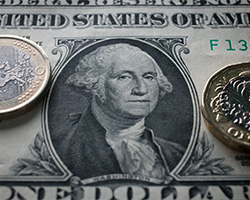Intel Sparks Market Rally as S&P 500 Reaches New High | Daily Market Analysis

Key events:
- New Zealand - RBNZ Interest Rate Decision
- USA - US President Trump Speaks
- UK - CPI (YoY) (Jan)
- USA - FOMC Meeting Minutes
The S&P 500 reached a new all-time high on Tuesday, rising 0.2% to close at 6,129.32, as late-session dip buyers stepped in. The Nasdaq Composite gained 0.1%, while the Dow Jones Industrial Average edged up 10 points, or 0.02%. The major US indices resumed trading after Monday’s Presidents Day holiday, with investors assessing corporate developments, economic data, and global market movements.
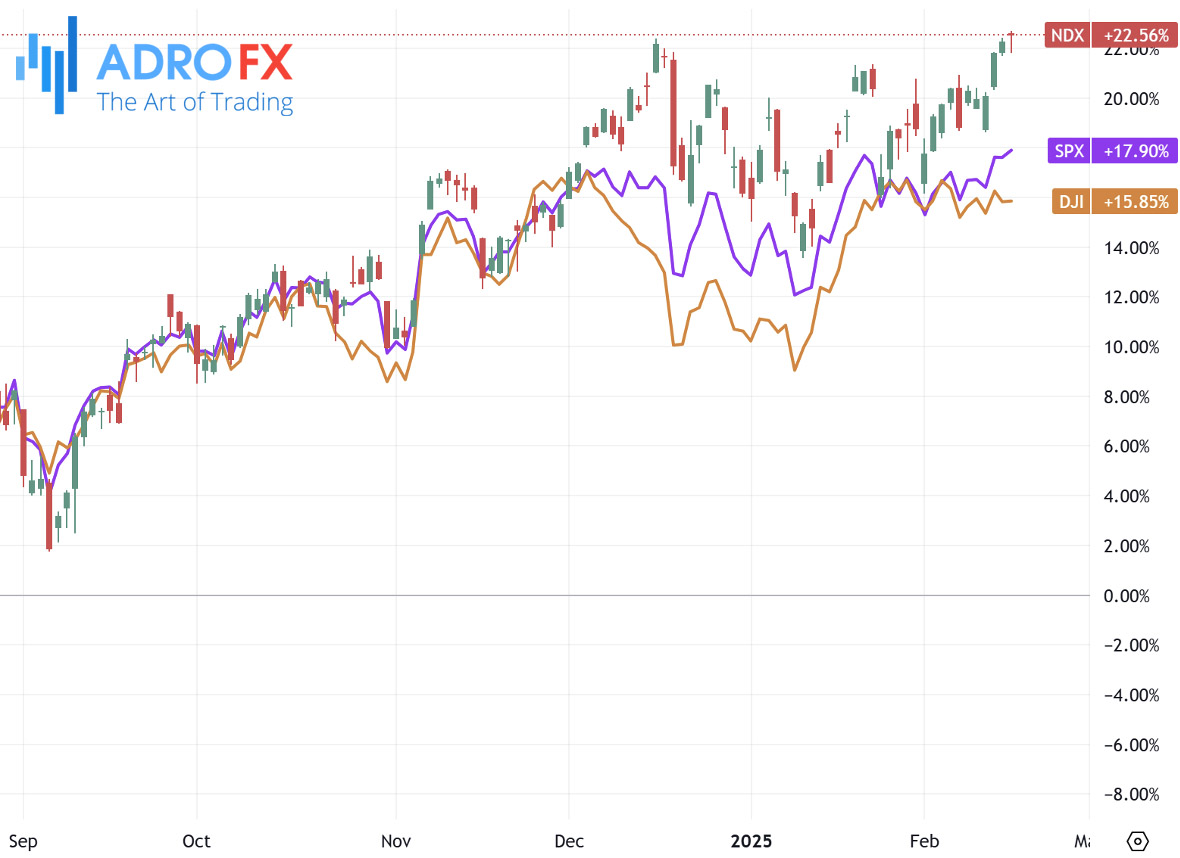
A key driver of market action was Intel (NASDAQ: INTC), which surged around 16% following reports that semiconductor giants Broadcom (NASDAQ: AVGO) and Taiwan Semiconductor Manufacturing Co. (TW: 2330) were exploring potential deals to split the US chipmaker in two. According to the Wall Street Journal, Broadcom has been evaluating a takeover of Intel's chip-design and marketing division, while TSMC is considering acquiring a controlling stake or full ownership of Intel's fabrication facilities. Separately, Bloomberg reported that Silver Lake was nearing a deal for a stake in Intel’s Altera unit, adding to speculation about a major restructuring of the company. This latest rally brings Intel’s year-to-date gains to 18%, with the stock closing last week at its best level in 25 years, driven by optimism surrounding potential partnerships and industry consolidation.
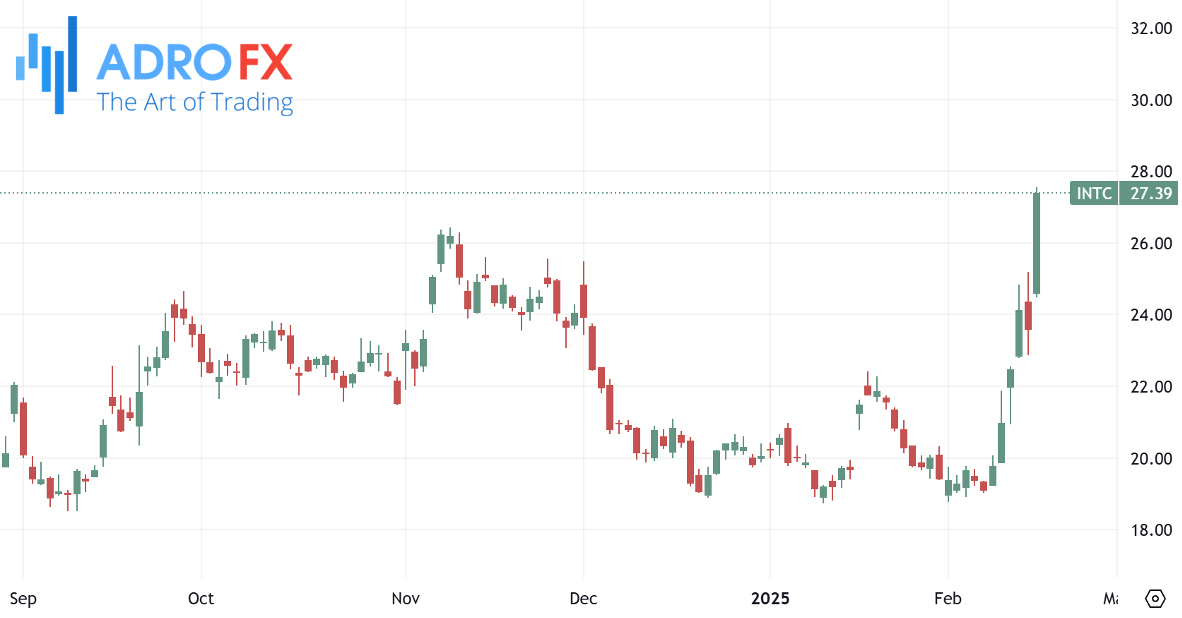
In the foreign exchange market, the New Zealand Dollar faced selling pressure for the second consecutive session, with NZD/USD dropping to a three-day low near 0.5680-0.5675. The weakness followed the Reserve Bank of New Zealand’s decision to cut the Official Cash Rate (OCR) by 50 basis points to 3.75% during its February policy meeting. While widely expected, the rate cut was accompanied by dovish commentary, as the central bank’s minutes signaled scope for further monetary easing through 2025. This outlook weighed on the New Zealand Dollar, pushing it lower after hitting a two-month high earlier in the week.
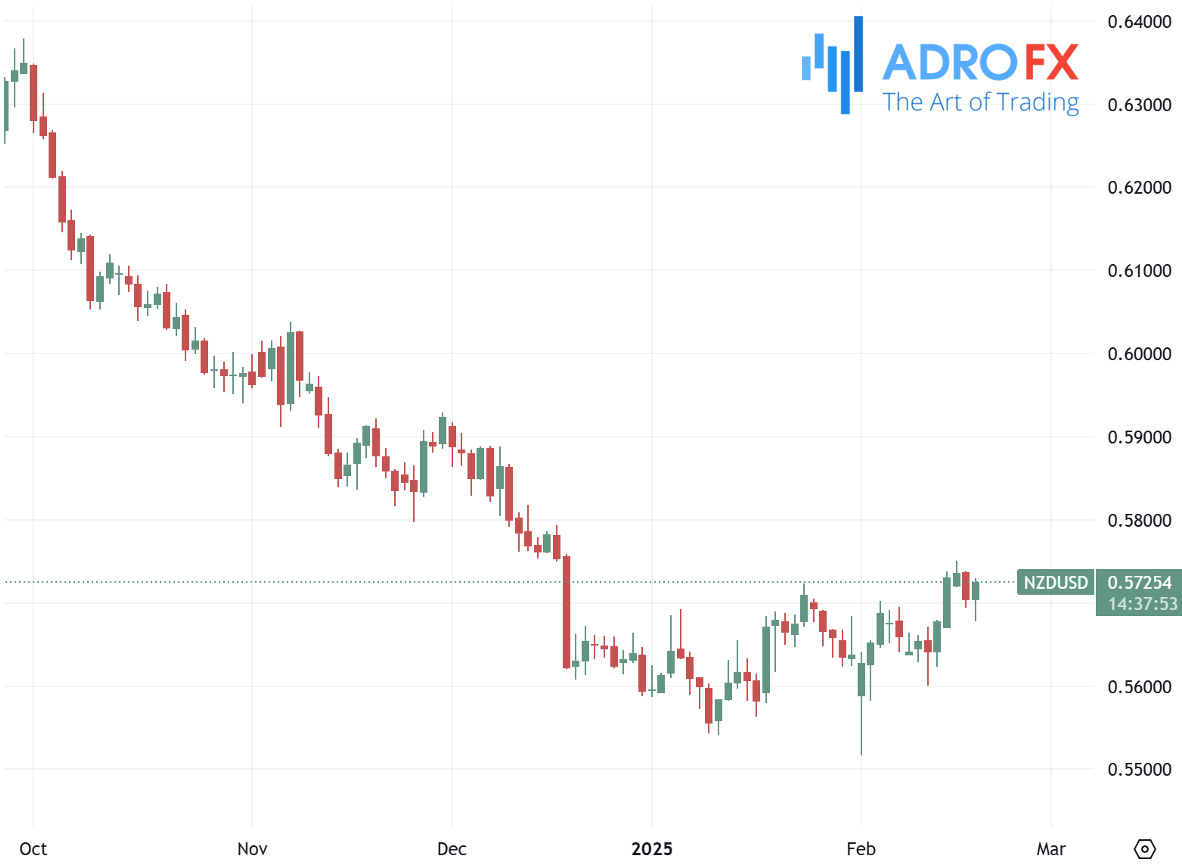
Meanwhile, the Japanese Yen strengthened against the US Dollar, dragging USD/JPY to the 151.70-151.65 area. Investors appear increasingly convinced that the Bank of Japan will move forward with additional interest rate hikes amid signs of broadening inflation. The narrowing interest rate gap between Japan and other major economies is also contributing to the Yen’s gains, as traders factor in the possibility of tighter monetary policy from the BoJ in the coming months.
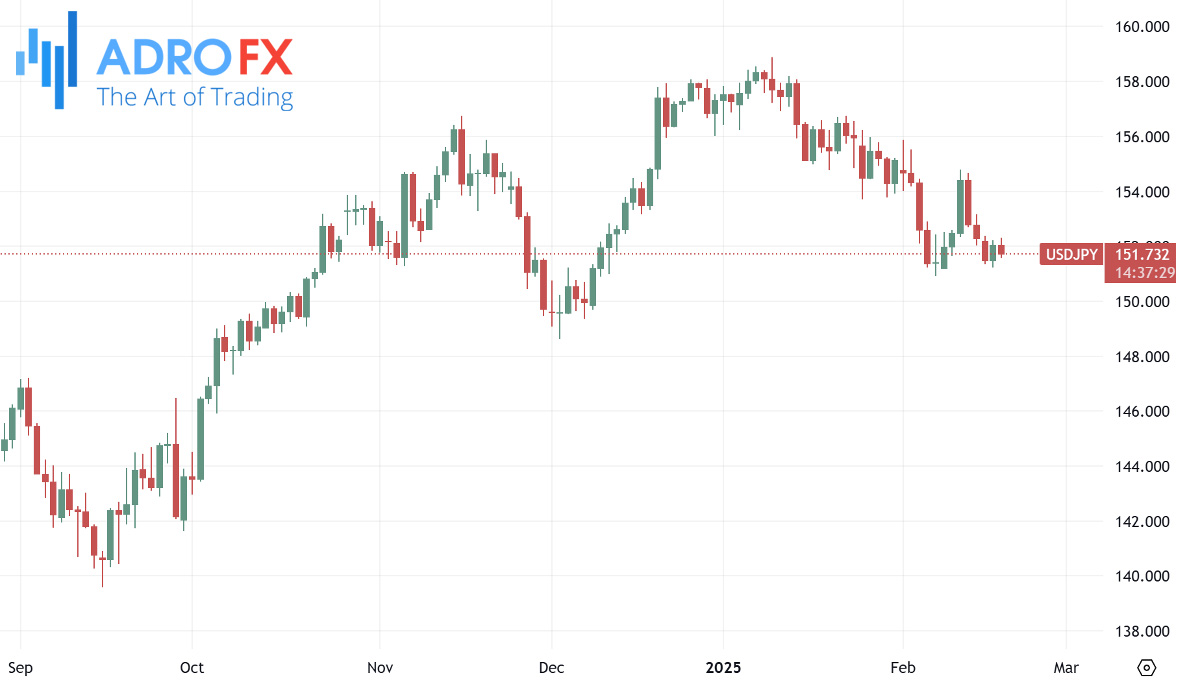
Market participants are also awaiting the release of the UK’s Consumer Price Index (CPI) data, scheduled for Wednesday at 07:00 GMT. The inflation report is expected to be a key driver for the British Pound, as it could influence the Bank of England’s rate-cut trajectory. If inflation comes in hotter than expected, it may reinforce the case for the BoE to maintain a cautious stance on policy easing, potentially pushing GBP/USD toward the 1.2700 level. Conversely, a downside surprise in inflation readings could fuel speculation about aggressive BoE rate cuts, leading to a correction in the Pound from its recent two-month highs.
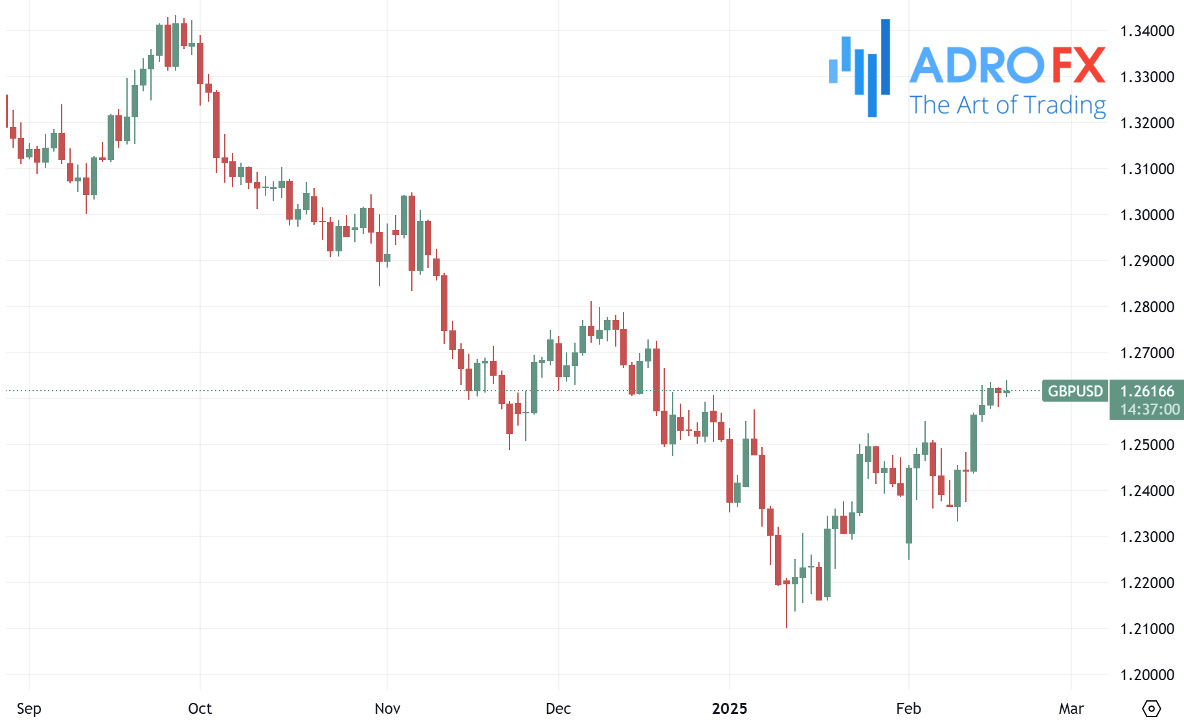
The Australian Dollar attempted to recover intraday losses against the US Dollar but remained under pressure as risk sentiment weakened following new tariff threats from US President Donald Trump. Domestic economic data also weighed on the AUD, as Australia’s Wage Price Index grew just 0.7% quarter-over-quarter in Q4 2024, falling short of the expected 0.8% increase and down from the previous quarter’s 0.9% gain. On an annual basis, wages rose 3.2%, marking the slowest pace of growth since Q3 2022. The Australian currency faced additional headwinds after the Reserve Bank of Australia announced its first rate cut in four years, lowering the Official Cash Rate to 4.10% on Tuesday. RBA Governor Michele Bullock acknowledged that high interest rates have impacted economic activity but warned that it was too soon to declare victory over inflation. She also highlighted the strength of the job market, adding that further rate cuts were not guaranteed despite market expectations.
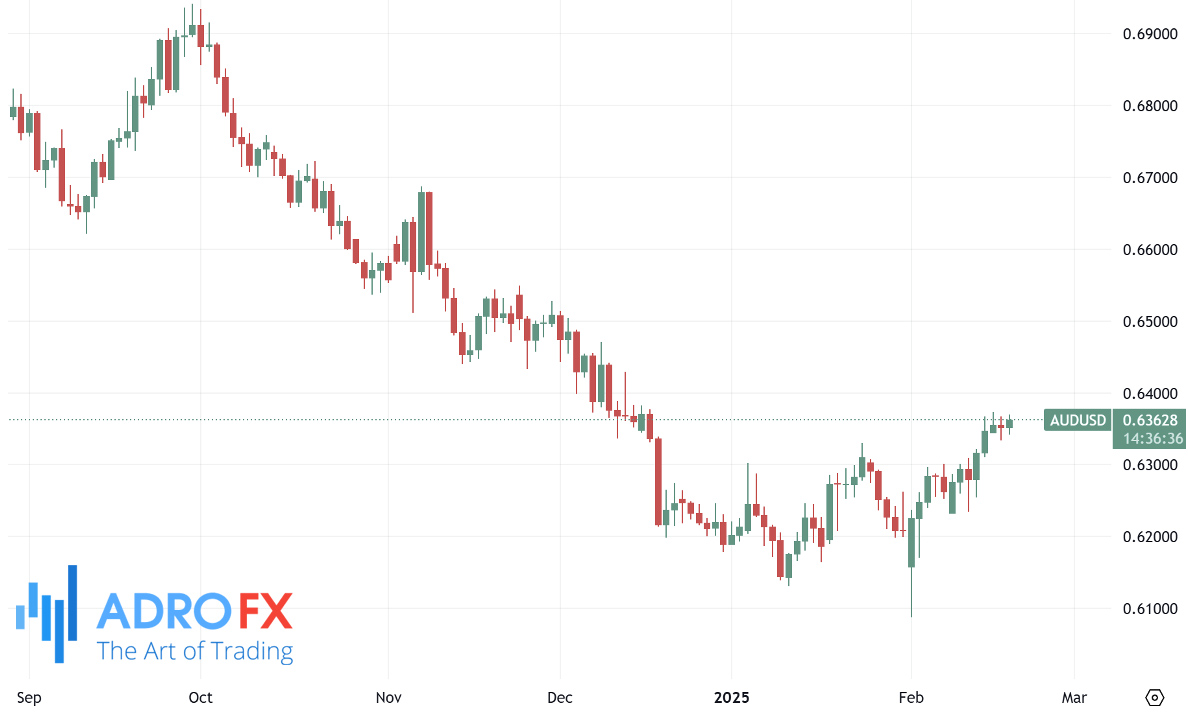
The US Dollar also showed some weakness against the Swiss Franc, with USD/CHF softening to near 0.9030 in early European trading. The safe-haven Swiss Franc gained amid geopolitical uncertainty surrounding Russia-Ukraine tensions, as negotiations between the two nations remain tense. Ukrainian President Volodymyr Zelenskiy stated that no peace deal could be made without his direct involvement, reinforcing concerns about prolonged geopolitical instability. Zelenskiy also postponed his planned visit to Saudi Arabia until March 10, reportedly to avoid giving legitimacy to US-Russia talks. Safe-haven flows into the CHF were further supported by investor caution ahead of the Federal Open Market Committee meeting minutes, set for release later on Wednesday.
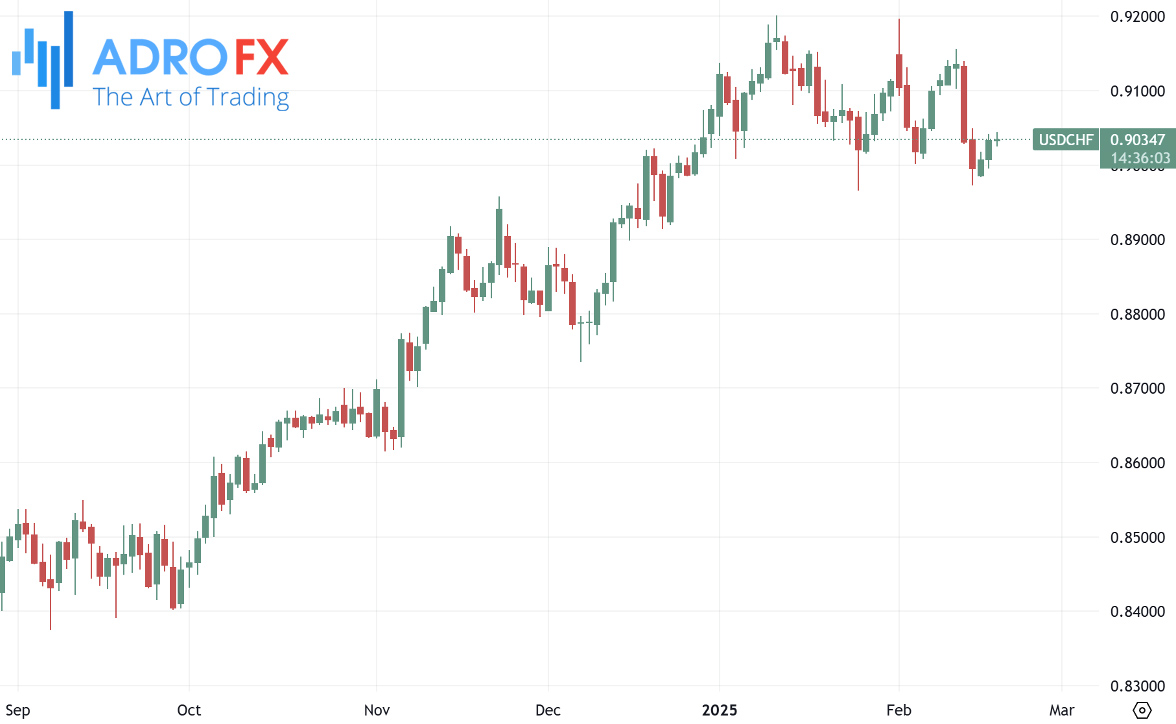
In the US, economic data showed some positive signs, with the NY Empire State Manufacturing Index rising to 5.7 in February from a decline of 12.6 in January. However, uncertainty over the Federal Reserve’s interest rate path remains. San Francisco Fed President Mary Daly said on Tuesday that while the US economy has shown resilience, the outlook for rate cuts in 2025 remains uncertain. Investors are now turning their attention to upcoming remarks from Fed officials later this week, which could offer further clues about the central bank’s policy direction. Any hawkish comments from Fed policymakers may provide near-term support for the US Dollar, particularly against lower-yielding currencies like the CHF and JPY.
